Radio<Metrics> Killed the Pop[corn] Star, Homeschooling Blog, New Digital Art and Photography
Radio[Metrics] Killed the Pop[corn] Star
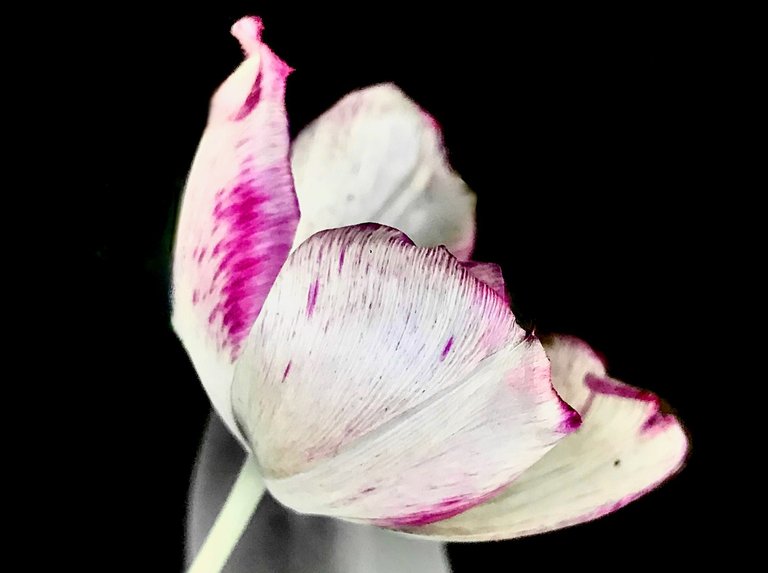
One of my favourite fields of scientific study is geology. I love that it has a tendency to be multi-disciplinary. No need to commit to just one love.
Take for instance the study of fossils. You'll need an understanding of not just geology, but also biology, chemistry, and if you want to know just how old Dino truly is ... gulp .. physics, in the form of radio(metric)-dating, which is a great name for a dating/hook-up site for the cyber-punk set/AI-enhanced set.
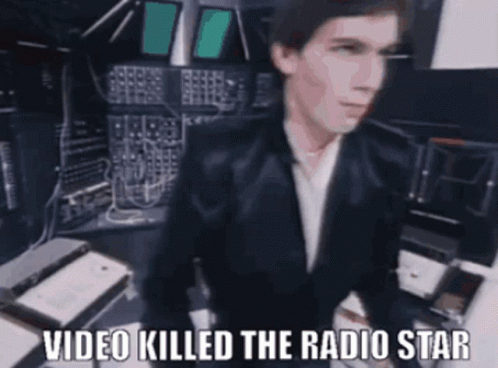
If you are regular visitor to my blog, you know that I homeschool my minime. We are currently covering Grade 7 curriculum that included a Geology unit. A project was due at the end. We had some choice, one included using popcorn as an analogy to radio decay. I had to tweak the method a little to also include some work in statistics and graphing, but it was a very enjoyable and edible outcome. We are sensitive to grains, and so it was also a rare treat to eat our results. Hope you also find it interesting or useful if you are also a homeschooling, educational type.
(Go ahead and eat 'the Science' ... don't forget the butter)
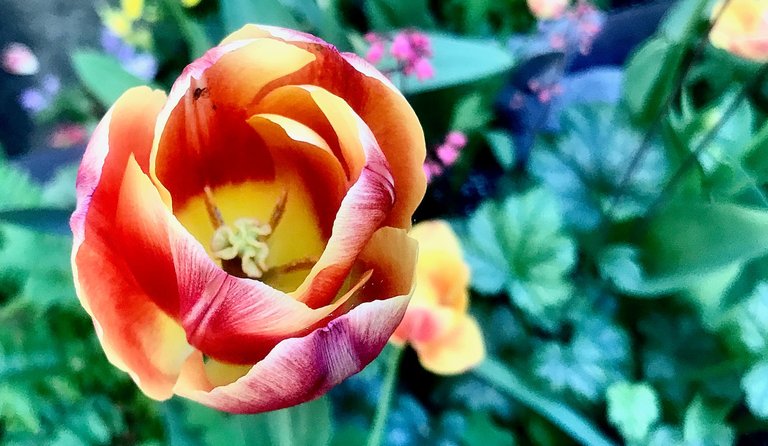
Purpose
To determine the ‘half-life’ of popcorn. Un-popped kernels can be seen as being analogous to radioactive elements and the popped kernels as being their non-radioactive isotopes.
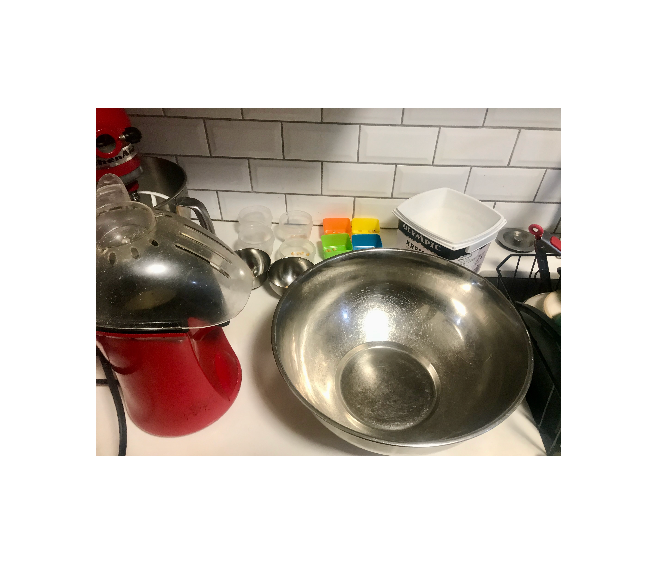
Materials
100 un-popped popcorn kernels
10 Small containers
Timer
Hot air popper
Large Bowl
Secondary Container
Method
- Count out 10 un-popped kernels into each container
- Place first container in hot-air popper and turn it on
- Time until you hear or see 5 kernels pop
- Record Time in chart below
- Pour used popcorn into secondary container to aid in counting
- Repeat steps 2-6 for each container of popcorn
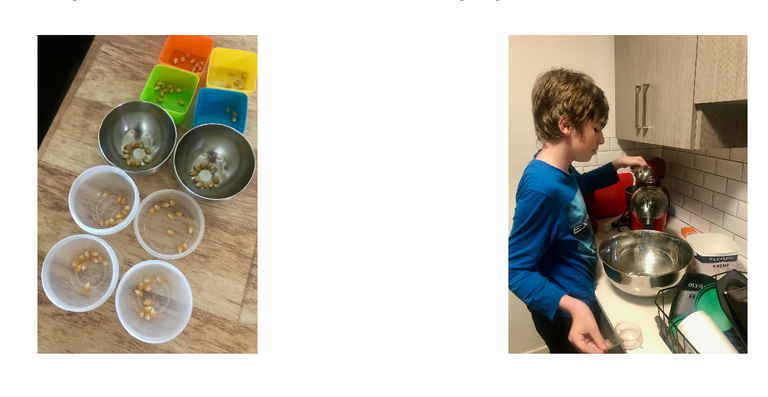
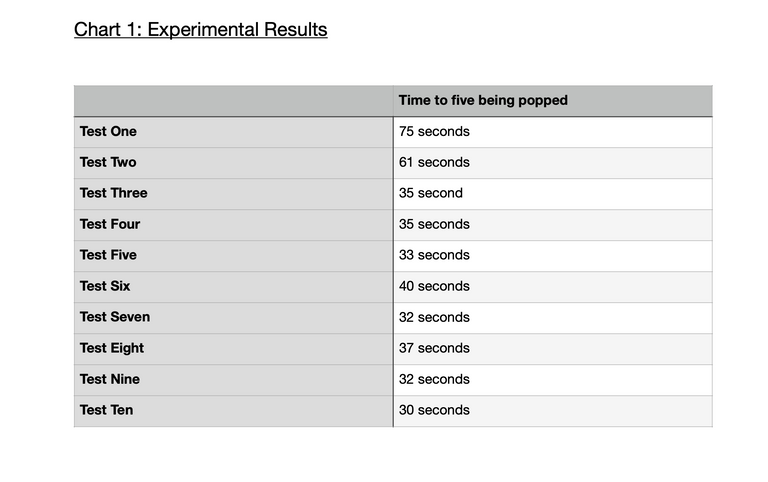
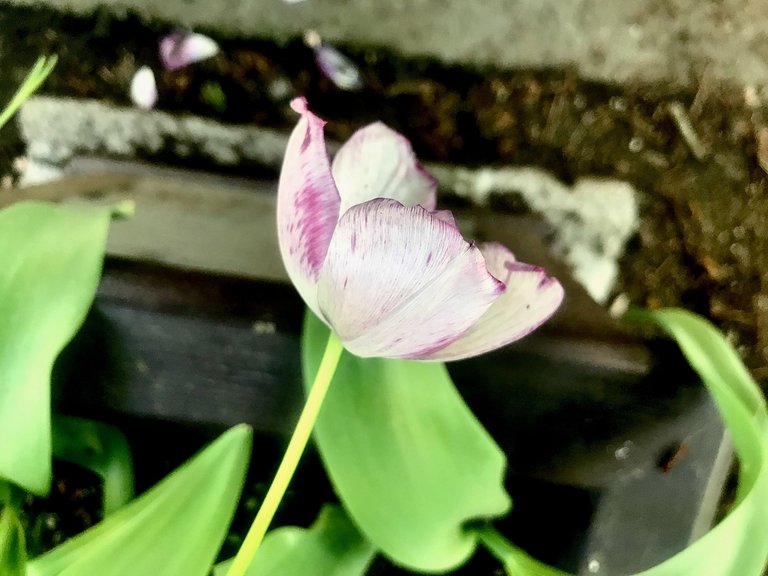
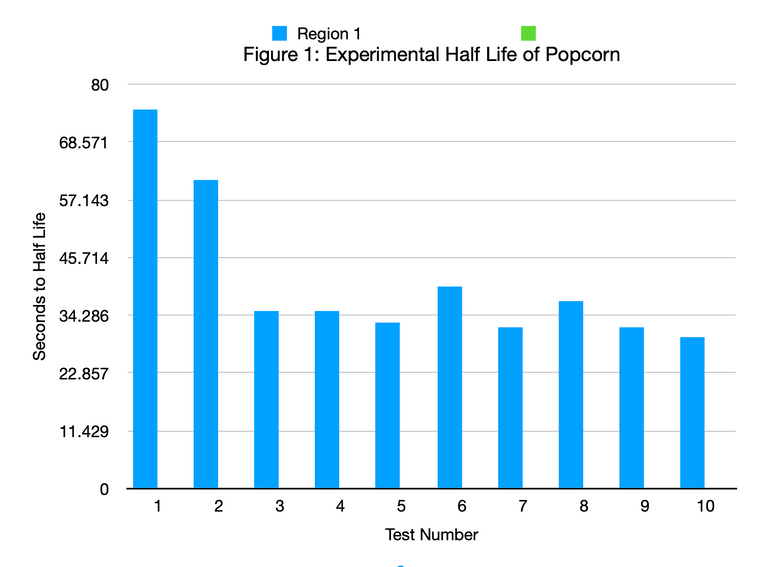
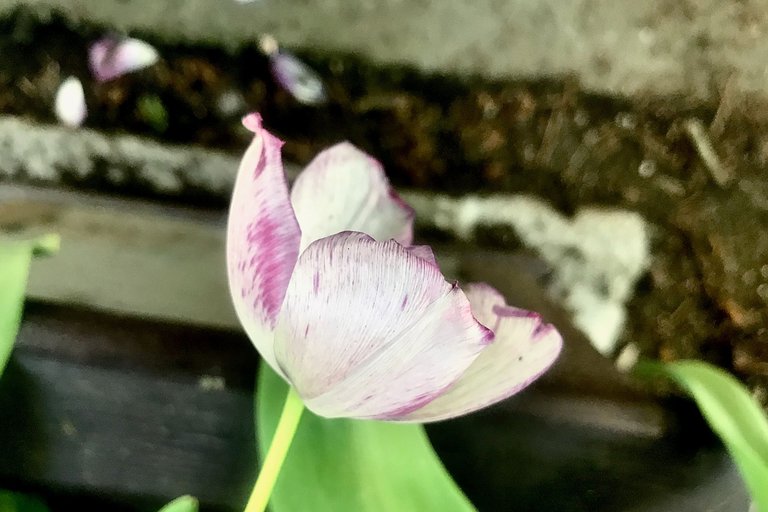
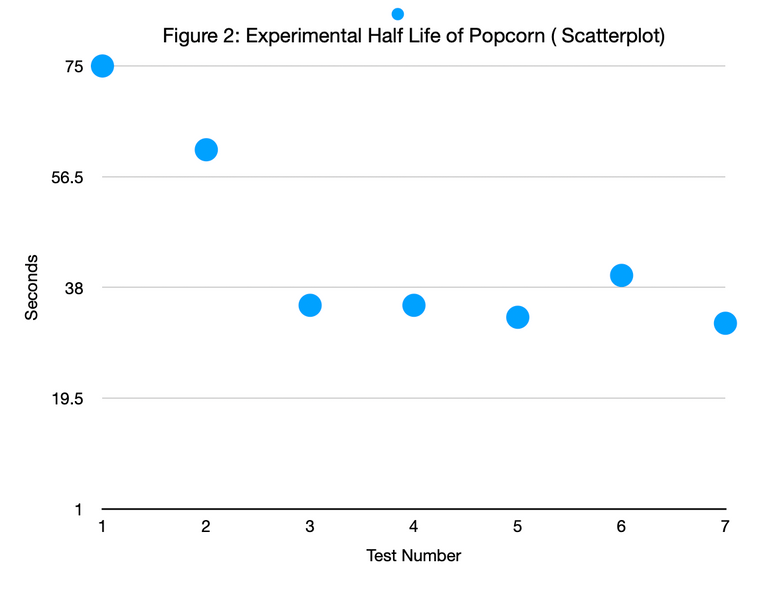
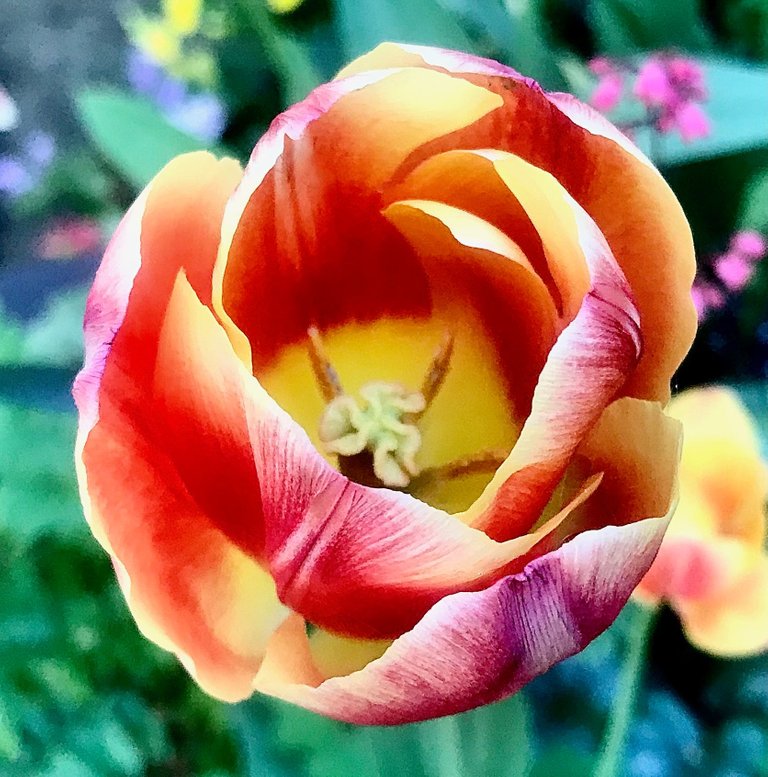
Data Analysis
Looking at the above graphs, we see that most of our experimental half lives were around 34 seconds. We also see two outliers with test 1 and 2. Possible reasons for the outliers will be discussed later in the discussion portion of this paper.
Mean, Mode, and Median
Our data was bimodal. The modes were 32 and 35. The Median was 35. The mean was 41.

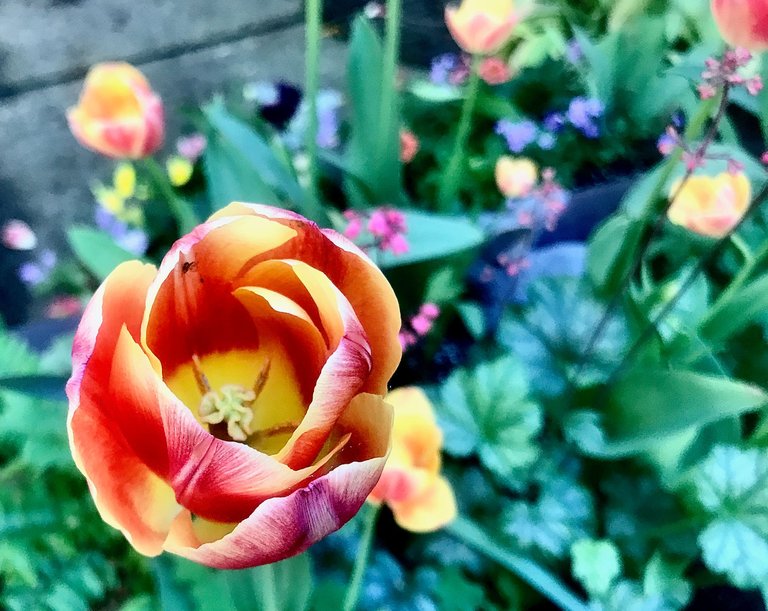
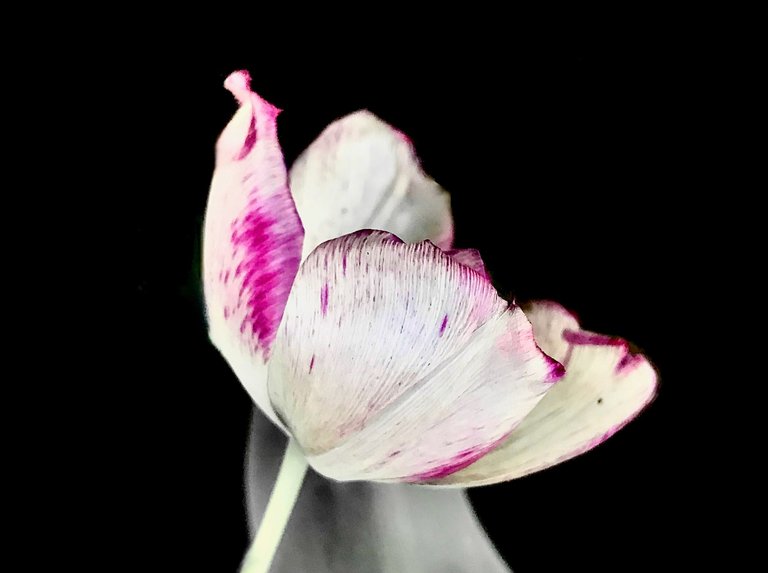
Discussion
We believe that the modes and the median are closer to representing the half-life of popcorn because of the initial outliers of test 1 and 2. With the first two tests, the popcorn maker was colder. If we were to run the tests again, we would warm the popcorn maker up, or alternatively, let it cool down to room temperature between each test. Generally, an increase in temperature, increases the rate of chemical reactions. Heat is generally a catalyst in chemical reactions. This leads us to the enquiry question: does environmental temperature affect the rate of radioactive decay in elements. If temperature has an effect on the rate of decay, then the rate of decay can only be constant if the temperature is constant. We asked the internet this question and found a consensus that temperature has little effect on nuclear decay based on a mathematical relationship and the excitation of a nucleus. It may take me several more years of study to understand this relationship, but I understand that the temperature would have to be huge, like that found with in a star, to affect nuclear decay. The environmental temperature doesn’t have to be that high to affect a popcorn kernel. Therefore, we can depend of radioactive dating because temperatures never reach that high on Earth.
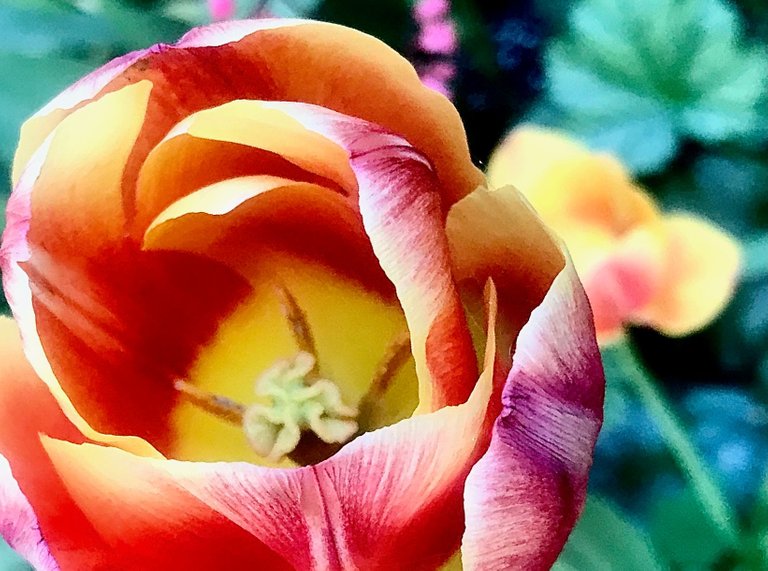
Sources
https://physics.stackexchange.com/questions/400129/does-temperature-affect-nuclear-decay
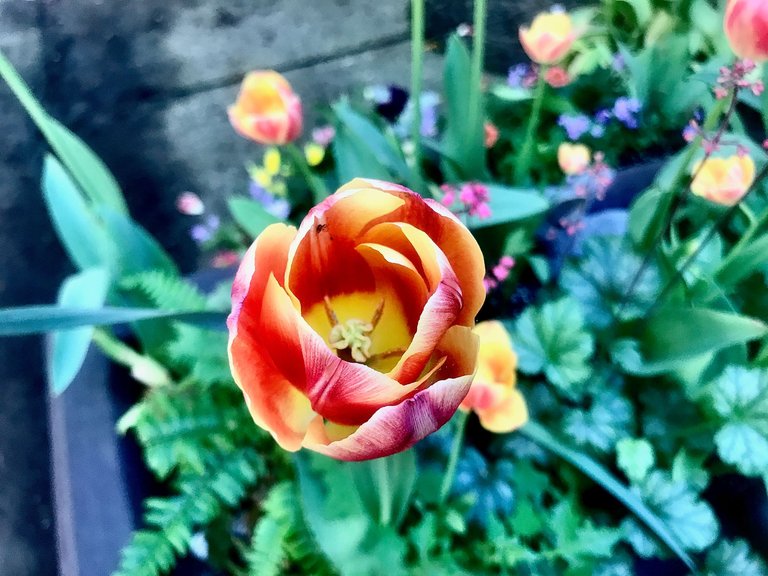
You didn't think I would leave you hanging.
Words and Images are my own. Click on any title below to further explore and support my writing.


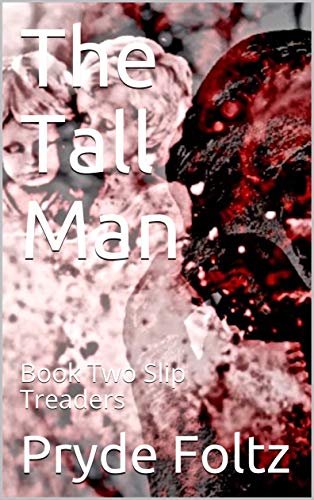
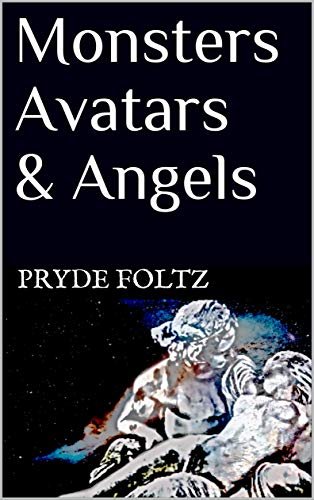


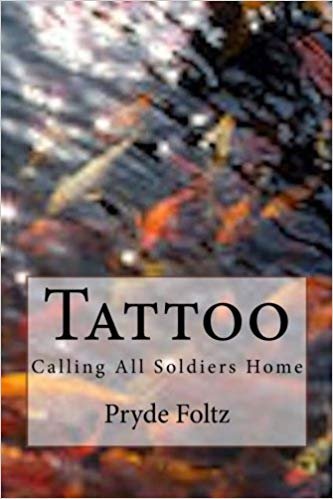
That's some beautiful and colorful plants from a beautiful person.
Thank you:)
Thanks for your contribution to the STEMsocial community. Feel free to join us on discord to get to know the rest of us!
Please consider delegating to the @stemsocial account (85% of the curation rewards are returned).
You may also include @stemsocial as a beneficiary of the rewards of this post to get a stronger support.
All these flowers are so beautiful and cute. Last picture is my favorite in your photography. Thanks for sharing.
That is a fantastic experiment. I love learning/teaching by doing and by projects; it's such an effective and fun way to teach the underlying material in a meaningful fashion so it's both remembered and understood.
It was fun and good excuse to eat popcorn:)